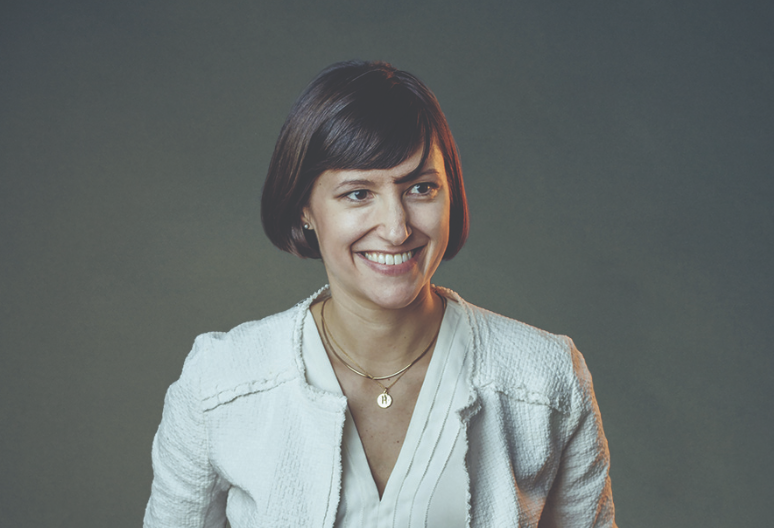Searching for identity: The experience of a biethnic, third-generation Asian American
April 20, 2022
After the Chinese Exclusion Act and other nativist immigration policies were passed in the late 19th century, Asians were effectively banned from immigrating to the United States until the passage of the Hart-Celler Act in 1965. My grandparents came in 1966. Leaving their homelands in India and the Philippines, my mom’s parents eloped soon after arriving in America, eschewing cultural traditions in a defiant act of what was then seen as interracial marriage in 1968. My dad’s parents arrived in the United States in 1970, hoping to start a new life after being displaced during their childhoods by the Partition of India. All four of my grandparents were pioneers in a new wave of Asian immigrants, fueling what is now the fastest-growing racial group in the United States.
But where does that leave me, a biethnic, third-generation American raised in the 21st century? Growing up, I often felt a sense of confusion as I straddled Indian, Filipino, and American cultures simultaneously. I am over 50 years removed from the homelands of my grandparents, but those cultures still shape and influence my upbringing. The tastes and smells of these cultures draw me in as I eat aloo gobhi or lechon. Traditions from celebrating Diwali to competitive karaoke immerse me in long-standing cultural practices. But do these classifications embody all of who I am? I am multicultural, the crossroads of Indian and Filipino cultures, but in each community I am a hybrid — never fully accepted because of my other half. My parents would jokingly call this recurring, frustrating experience “Multi-Ethnic Disorder.”
The cultures of my grandparents, while familiar, seem foreign and far removed from my everyday life. My ears are deaf to Hindi and Tagalog, and I am blind to traditional cultural norms and attitudes. I am Americanized — the product of our nation’s great melting pot. By most measures, my upbringing was more similar to that of a typical American household than an Asian immigrant one. My parents, eager to relive their twenties, raised me listening to ’90s rap and hip-hop music, ensuring that I knew every hit by TLC, the Notorious B.I.G., Lauryn Hill, and Ice Cube. Morgan Wallen and Luke Combs were my teenage rebellion. We ate burgers and barbecued during the summer. We watched Elf on Christmas. Sundays were reserved for a nonstop marathon of NFL Redzone football. I grew up with and continue to be attached to the American ethos with its idolization of individual success and love for freedom.
While I grew up blissfully able to push these internal conflicts to the side, my status as an Asian American straddling three different cultural identities came up to the forefront during the college admissions process. In order to maximize my chances in being admitted to selective schools, my high school guidance counselor advised me to portray myself in the least stereotypically Asian way possible because of the reality of the college admissions process. My first thought at the time was that this task would be so simple as my whole life I had been dismissed by other Asians with more traditional cultural upbringings as a “coconut,” brown on the outside but culturally white inside. Because the vast majority of Asian families have come in the past few decades, my experience as a third-generation Asian American is relatively rare.
But looking back, what the “coconut” label gets wrong is that my Americanization does not rebuke my cultural background but instead declares that my ethnicity does not define me. Race essentialism wrongly concludes that I am Asian first and Niko second. I refuse to conform to the restrictive boxes that society attempts to mold me into. My racial classification alone fails to convey much of who I am. My ethnicity is part of me, but not all of me. Although Asian Americans have long eschewed our hyphenated categorization as a qualification of our Americanness, we are often forced into a false dichotomy where we have to choose between our identities. We are overgeneralized, deprived of our individuality by the arbitrary racial categorization of Asian which fails to recognize the diverse cultures of dozens of ethnicities from the Asian continent. However, as we move towards the upcoming decades, we must embrace the unique experiences of millions of Asian American youth who, like me, will grow up as third-generation Americans and beyond.
While informed by our unique cultural heritage, the Asian American experience is still an American experience. We are a continuation of our country’s history as a nation of immigrants. I am the great-grandchild of a U.S. World War II veteran, an attribute that connects me to every American family who had relatives serve in our nation’s armed services. Further, when I go to my maternal grandparents’ house, there are only ever two things on the TV: Fox News or Yankees baseball. How more American can you get than that? Rather than only focus on what divides or fractures Asian Americans from Americans as a whole, we must also affirm our shared experiences and values.
Culture is so much more than race or ethnicity. Culture is the perspectives, the value system, the way of living that makes each individual unique. My culture is one of a kind, influenced by my ethnic heritage but derived from my experiences. While my identity cannot be summarized in a single box, I am able to synthesize three different cultures into a single identity. This multiculturalism makes me dynamic and provides me the power to bridge cultures despite their differences. I am a melting pot, strengthened by a complex mixture of varied perspectives. There is no treatment for the Multi-Ethnic Disorder of my parents’ invention. However, rather than an affliction, Multi-Ethnic Disorder is my best asset.
Niko Malhotra ’24 is from Falmouth, Maine.







